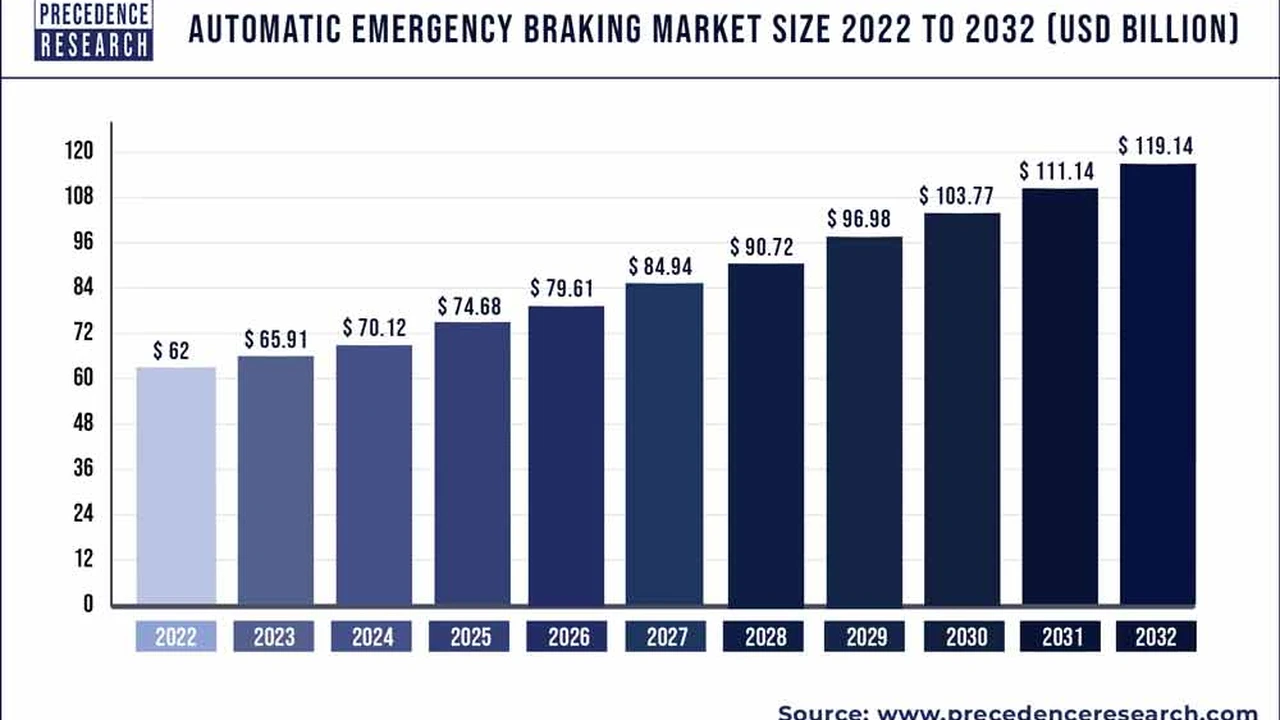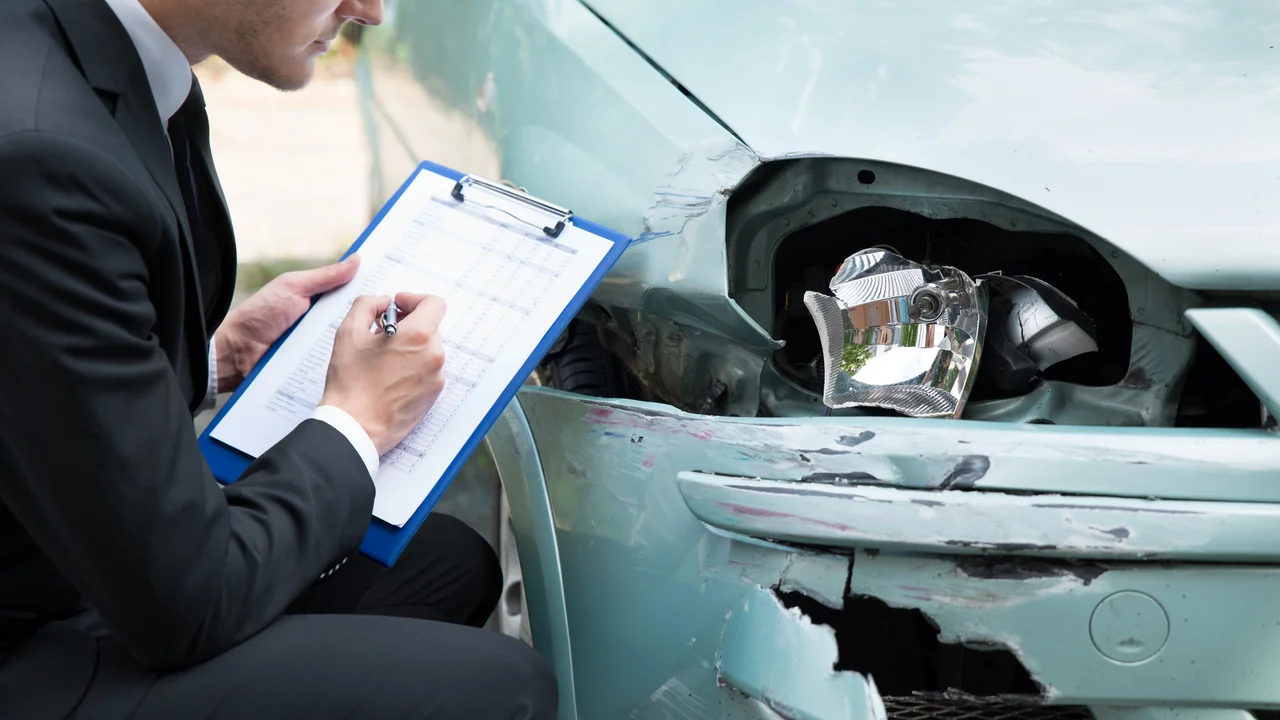Safe Driving Tips for Senior Citizens: Maintaining Mobility and Independence
Sample meta description.

Understanding the Challenges of Senior Driving Age-Related Cognitive Decline and Physical Limitations
Alright, let's talk about driving as we get older. It's no secret that things change. Our eyesight might not be as sharp, our reaction times might slow down, and maybe we're not as flexible as we used to be. These aren't just minor inconveniences; they can really impact our ability to drive safely. We're talking about things like cognitive decline – maybe forgetting where you're going or having trouble making quick decisions. Then there's the physical stuff – stiffness, arthritis, reduced muscle strength. All of these can make it harder to control the car, see the road clearly, and react quickly to unexpected situations.
It's crucial to be honest with ourselves about these changes. Ignoring them won't make them go away, and it could put us and others at risk. Understanding these challenges is the first step towards staying safe and maintaining our independence on the road.
Comprehensive Eye Exam Recommendations for Senior Drivers Vision Correction and Early Detection of Eye Conditions
One of the most important things you can do to stay safe behind the wheel is to get regular eye exams. I'm not talking about a quick check at the pharmacy; I mean a comprehensive exam by an eye doctor. They'll check your visual acuity (how well you see), your peripheral vision (how much you can see to the sides), your depth perception (how well you judge distances), and your color vision. They'll also look for any signs of age-related eye conditions like cataracts, glaucoma, and macular degeneration. These conditions can sneak up on you, and early detection is key to getting treatment and preserving your vision. So, schedule that eye exam! It's not just about seeing clearly; it's about staying safe.
And if you already wear glasses or contacts, make sure your prescription is up-to-date. Even a small change in your vision can make a big difference on the road. Consider anti-glare coatings on your lenses to reduce glare from headlights and sunlight. They can really improve your visibility, especially at night.
Adaptive Driving Equipment for Seniors Enhancing Vehicle Control and Comfort Steering Wheel Extensions and Pedal Extenders
Did you know there's a whole world of adaptive driving equipment out there? These aren't just fancy gadgets; they're designed to help people with physical limitations drive more safely and comfortably. Think about steering wheel extensions – these can make it easier to reach the steering wheel if you have limited arm mobility. Pedal extenders can help if you have trouble reaching the pedals. There are also swivel seats that make it easier to get in and out of the car, and hand controls that allow you to operate the gas and brakes with your hands.
Let's talk about some specific products:
- Steering Wheel Spinner Knob: This little device attaches to your steering wheel and allows you to steer with one hand. It's great for people with limited arm strength or mobility. You can find basic models for around $20-$50 on Amazon. More advanced models with ergonomic designs can cost up to $100.
- Pedal Extenders: These extend the pedals closer to the driver, making them easier to reach. Prices range from $50 for simple extenders to $200+ for adjustable, custom-fit models. Check out brands like Ability Center and Veigel.
- Hand Controls: These allow you to operate the gas and brakes with your hands. They're more complex and require professional installation. Expect to pay $1,000-$5,000 depending on the type and complexity of the system.
The best way to find the right equipment for you is to consult with an occupational therapist or a certified driving rehabilitation specialist. They can assess your needs and recommend the best solutions. They can also provide training on how to use the equipment safely and effectively. This isn't just about making driving easier; it's about making it safer.
Medication Management for Senior Drivers Understanding Side Effects and Potential Interactions
Medications can be lifesavers, but they can also have side effects that can impair your driving ability. Some medications can cause drowsiness, dizziness, blurred vision, or slowed reaction times. It's crucial to talk to your doctor or pharmacist about the potential side effects of any medications you're taking, and how they might affect your driving. Don't just assume that because a medication is over-the-counter, it's safe to take before driving. Even common medications like antihistamines and cold remedies can cause drowsiness.
Be especially careful about mixing medications. Some combinations can have unpredictable effects. Always tell your doctor about all the medications you're taking, including over-the-counter drugs, vitamins, and supplements. And never drive if you're feeling drowsy, dizzy, or otherwise impaired. It's better to be safe than sorry.
Defensive Driving Techniques for Seniors Anticipating Hazards and Maintaining Safe Following Distances
Defensive driving isn't just for new drivers; it's a skill that everyone should practice, especially as we get older. It's all about being aware of your surroundings, anticipating potential hazards, and taking steps to avoid accidents. This means scanning the road ahead, checking your mirrors frequently, and being aware of what other drivers are doing. It also means maintaining a safe following distance – at least three seconds behind the car in front of you, and even more in bad weather.
Avoid distractions like cell phones, eating, and fiddling with the radio. Keep your eyes on the road and your mind on driving. Be prepared to react quickly to unexpected situations. And remember, it's always better to err on the side of caution.
Route Planning and Navigation Assistance for Senior Drivers Avoiding Congested Areas and Utilizing GPS Technology
Planning your route ahead of time can make a big difference in your driving experience. Avoid driving during rush hour or in congested areas whenever possible. Choose routes that are familiar and easy to navigate. Use a GPS device to help you find your way, but don't rely on it completely. Pay attention to road signs and traffic signals. And if you get lost, pull over to a safe location before trying to figure out where you are.
Consider using a GPS device with a large, easy-to-read screen and voice guidance. This can help you stay focused on the road. Some GPS devices even offer features specifically designed for senior drivers, such as simplified menus and louder volume.
Vehicle Maintenance and Safety Checks for Senior Drivers Ensuring Optimal Vehicle Performance and Tire Pressure Monitoring
Keeping your car in good condition is essential for safe driving. Make sure to get regular maintenance checks, including oil changes, tire rotations, and brake inspections. Check your tire pressure regularly, and inflate your tires to the recommended pressure. Make sure all your lights are working properly, and replace any burned-out bulbs. And keep your windshield clean and clear. A well-maintained car is a safer car.
Consider investing in a tire pressure monitoring system (TPMS). This system will alert you if your tire pressure is too low, which can improve your gas mileage and prevent accidents.
Self-Assessment Tools for Senior Drivers Evaluating Driving Skills and Identifying Areas for Improvement
It's important to be honest with yourself about your driving abilities. There are many self-assessment tools available online that can help you evaluate your driving skills and identify areas where you might need to improve. These tools typically involve answering questions about your driving habits, your physical and cognitive abilities, and your experience with different driving situations. They can provide valuable insights into your strengths and weaknesses as a driver.
Consider taking a driving refresher course. These courses are designed to help older drivers brush up on their skills and learn about new traffic laws and safety techniques. They can also help you identify areas where you might need to make adjustments to your driving habits.
Alternative Transportation Options for Seniors Utilizing Public Transportation and Ride-Sharing Services
There may come a time when it's no longer safe for you to drive. That doesn't mean you have to give up your independence. There are many alternative transportation options available, such as public transportation, ride-sharing services, and senior transportation programs. Explore these options and find the ones that work best for you. Public transportation can be a great way to get around, especially in urban areas. Ride-sharing services like Uber and Lyft can provide convenient and affordable transportation. And senior transportation programs often offer door-to-door service for medical appointments, errands, and social activities.
Don't be afraid to ask for help. Talk to your family, friends, or a social worker about your transportation needs. They can help you explore your options and find the resources you need to stay connected and independent.
Technology to Support Safe Senior Driving: Backup Cameras, Lane Departure Warning Systems and More
New car technology is making driving safer than ever, especially for seniors. Think about backup cameras – they eliminate blind spots and make parking so much easier. Lane departure warning systems alert you if you start to drift out of your lane, preventing accidents caused by distraction or fatigue. Blind spot monitoring systems warn you if there's a car in your blind spot, making lane changes safer. And adaptive cruise control automatically adjusts your speed to maintain a safe following distance.
These technologies aren't just fancy features; they're safety tools that can help you stay safe on the road. When you're shopping for a new car, be sure to look for these features. They can make a big difference in your driving experience.
Let's compare some specific systems:
- Backup Cameras: Pretty standard now, but image quality and field of view vary. Higher-end systems (available in cars like Lexus or Acura) often have wider angles and clearer displays.
- Lane Departure Warning Systems: Some are just warnings, others (like in Tesla) actively steer you back into your lane. The active systems are generally more expensive.
- Blind Spot Monitoring: Some systems just have a light, others have a sound. Some (like in Volvo) even steer you away from a collision.
The cost of these features is usually bundled into the price of the car, and often comes in packages. Expect to pay a few thousand dollars extra for a car with all the advanced safety features.
Remember, driving is a privilege, not a right. By taking these steps, you can stay safe on the road and maintain your independence for years to come. Drive safely!
:max_bytes(150000):strip_icc()/277019-baked-pork-chops-with-cream-of-mushroom-soup-DDMFS-beauty-4x3-BG-7505-5762b731cf30447d9cbbbbbf387beafa.jpg)






